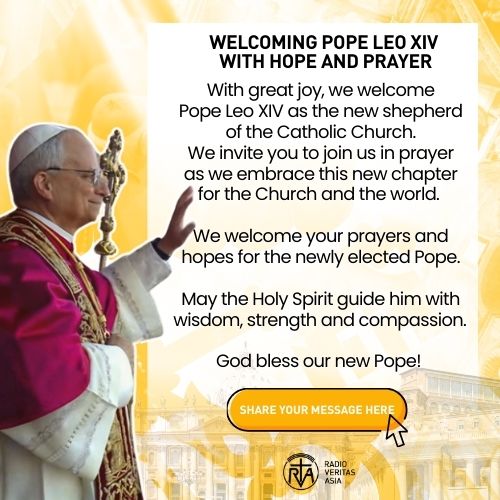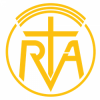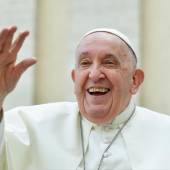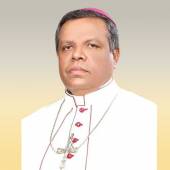Nepal: Catholics reluctantly accept cremation amid a shortage of burial grounds

While Catholics worldwide go to the cemeteries to pray for their dear departed on November 2, Nepali Christians adhere to a different way of revering their dead in a 'columbaria.'
'Columbaria' is derived from the Latin word 'columba' (pigeon). A columbarium is a sepulchral building containing small niches for cinerary urns or ashes. During the early Roman Empire era, columbaria were common as cremation was the typical custom.
Due to practicality, cremation and columbarium have become an acceptable funeral norm for Nepalese Catholics, according to a church official.
Christians have come to accept a different way of revering their dead loved ones in the Himalayan nation as land is scarce and an expensive commodity.
On All Souls Day, Catholics in Nepal clean and paint columbaria in three parishes in central Kathmandu, Gadavari and Baniyatar.
"Catholics have accepted the fact that in a country like Nepal, where burial is not common, a body needs to be cremated after Mass and ashes should be kept in a columbarium. All three Catholic churches in Kathmandu Valley have been doing it for years now," says Chirendra Satyal, 62, a Catholic and director of media and communication of the Apostolic Vicariate of Nepal.
As Catholics visit cemeteries to pray for the dead on November 2, Nepalese Catholics light candles and place flower petals in the columbarium.
The only Catholic cemetery in Kathmandu, the capital of Nepal, belongs to a Jesuit Retreat Center, where pioneering Jesuits in the country, including the first ethnic Nepalese Jesuit Bishop Anthony Sharma, were buried. According to a UCA news report, the cemetery is off-limits now, even for the clergy and religious.
Another small cemetery, founded in 1816 in Kathmandu, belongs to the British embassy, where mainly British citizens lie buried.
According to the 2011 census, about 81 percent of Nepalese are Hindu, 9 percent Buddhist, 4.4 percent Muslim and 1.4 percent Christian.
Protestants and Evangelicals make up the majority of the Christians in Nepal and oppose the cremation and columbarium system. They demand that the government should make arrangements for proper burial grounds.
A decade ago, the Christian community staged a 13-day hunger strike in Kathmandu to demand a plot of land for an official Christian cemetery. The strike ended with a government promise to resolve the issue, but nothing has happened since then.
Nepal's Supreme Court has ruled that the provision of burial grounds is not the State's responsibility.
Radio Veritas Asia (RVA), a media platform of the Catholic Church, aims to share Christ. RVA started in 1969 as a continental Catholic radio station to serve Asian countries in their respective local language, thus earning the tag “the Voice of Asian Christianity.” Responding to the emerging context, RVA embraced media platforms to connect with the global Asian audience via its 21 language websites and various social media platforms.
















- Reply
Permalink